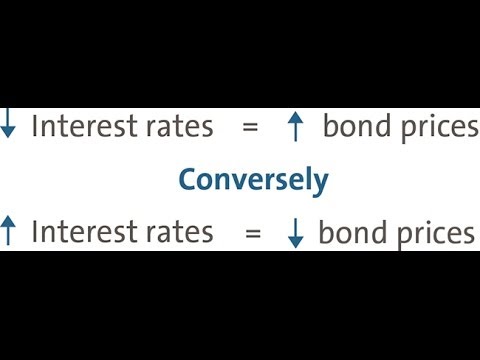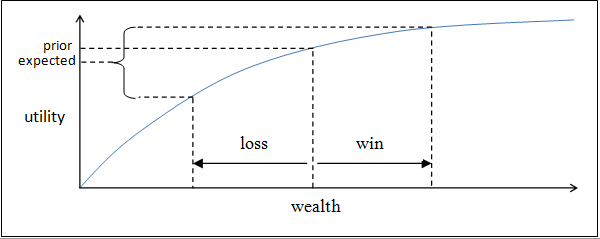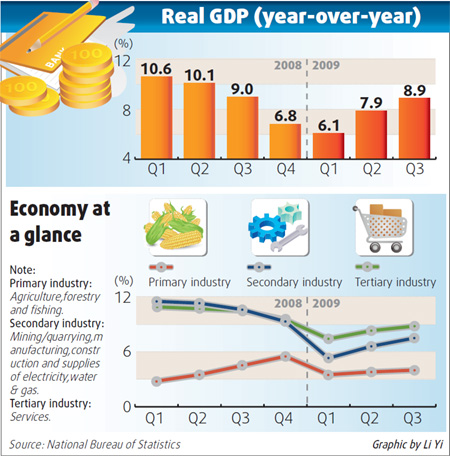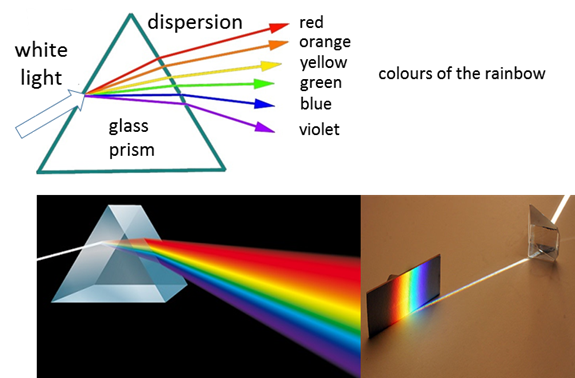- BY admin
- POSTED IN Forex Trading
- WITH 0 COMMENTS
- PERMALINK
- STANDARD POST TYPE
Contents:

Thus, the higher the required labor cost proportion, the more will be the labor-intensiveness in the business or the industry. Labor-Intensive is either a process or an entire Industry that needs a massive amount of labor to manufacture products or services. Typically, the degree of intensity is measured in proportion to the Capital amount needed to manufacture products or services. Roy added that one should closely watch developments in the modified Trans-Pacific Partnership and the EU-Vietnam Free Trade Agreement, which could provide a further push to Vietnam’s position in the global apparel trade. Key segments of India’s textile exports include yarns, towels and apparels. The recent fraud at Punjab National Bank will make borrowing difficult for the gems and jewellery industry, having a cascading impact on their revenue growth.


As the Economic Survey highlighted, Indian firms in the apparel and leather sectors are smaller than those in China, Vietnam and Bangladesh. Firms in labour-intensive sectors will need more freedom to operate. Similarly, more flexibility in land acquisition will also help the manufacturing sector. The use of this abundant labor drive correctly in business production, might result in experience industrial growth.
Companies in capital-intensive industries are often marked by excessive levels of depreciation. Ironically, it was domestic sector in IT-BPO sector which added to growth in employment. Exporting units added just 10,000 jobs, while the domestic sector gave employment to 51,000 people. Gangwar said the government has taken various steps for generating employment in the country like encouraging private sector of economy, fast-tracking various projects involving substantial investment among others. While these numbers may be small, the overall sluggishness in the labour-intensive sectors does not bode well for job growth.
What is Labour intensive technique?
In the Capital Intensive Industries proportion of capital concerned is far higher than the proportion of labor. This is as a result of the industrial structure and trade kind require high worth investments in capital Assets. The large amount of capital invested in these industries produce high price of return and this in turn results in extra capital investment. In fact, 62% of total jobs created in the textiles sector were contributed by the exporting units. Only two of the eight sectors– gems and jewellery and transport– saw fall in jobs generated as the government imposed curbs on gold imports, showed data released by the Shimla-based bureau.
What are the examples of labor intensive industries?
Agriculture, construction, and coal-mining industries are examples of labor intensive industries.
Distinguish between labour-intensive and capital-intensive technology of production. Cotton textile industry has three sub-sectors i.e. handloom, powerloom and mill sectors. India needs to work on increasing competitiveness to expand its exports share in the world market. Giving relief to domestic pharma companies, the Centre has lifted restrictions on exports of 24 active pharmaceutical ingredients and their formulations. Even as automobiles sector was in shambles, it added jobs for 7,000 people, most of which came from exporters. He said with inflation hitting the purchasing power of the people, domestic economy is unlikely to be giving this impetus.
Why We Must Prioritise Export-Led Labour-Intensive Manufacturing to Create Jobs
Further additions to the labor force will only swell the growing ranks of agricultural laborers with fewer employment opportunities. Q. Select the statements which are true about the cotton textile industry in India. These measures, along with recent changes in the goods and services tax, are likely to help the export sector. Further India is facing high underemployment rate as agriculture continues to employ more than 50% working population in absence of opportunities in other sectors.

All unorganised https://1investing.in/ producers suffered, including these sectors. The government policy packages for these sectors came to nought as a result. Hence, these and other labour-intensive sectors deserve consistent support over long periods of time, for them to compete internationally, as jobs in these sectors are vacated by China. Services are an important constituent of modern economic development, which include retailing and sale of goods to the people, education, health and welfare, leisure, recreation and business services. Business services include advertising, recruitment and personal training.
To Read the full Story, Subscribe to ET Prime
While the government has implemented many reforms to promote manufacturing, significant gaps continue to exist on critical dimensions. Incentive schemes will be most useful only if we fix the fundamentals. The cohort of children (0-10 years) is smaller relative to young adults (10-20 years) and our workforce will start reducing in 20 years.
What is a labor intensive industry quizlet?
Labor-Intensive Industry. An industry for which labor costs comprise a high percentage of total expenses.
“What is also worrying is that imports in these labor intensive industry examples have risen sharply in the mentioned period. Historically, exports/imports of these sectors have moved in tandem. This suggests that it’s disruption in the supply chains of these sectors that is hurting rather than weakness in end demand,” Kapil Gupta, vice-president at Edelweiss Securities Ltd said in a report dated 28 February . One key reason why the labour-intensive sectors had to bear the brunt of GST was the large share of unorganized firms. The sector is passing through a serious crisis, owing to the pressure of population, the average size of land holdings is getting more fragmented over time.
Highly labour-intensive sectors like small garment factories may not be allowed to open as of now, the sources said, adding that a few may be allowed on case-to-case basis. It was also learnt that food-processing industries can be allowed to operate. The Centre has allowed agricultural activities, and farmers will find it difficult to sell their produce if food processing industries cannot run. The growing importance of services has now given it an independent status as a productive sector in the economy. Instead of being an accessary to manufacturing or to the people at large it is an exporter.
The answer for India’s economic recovery: Labour-intensive manufacturing
It would also impact another 7,000-8,000 non-permanent staff directly and indirectly, added the ratings agency. From a policy standpoint, focusing on an agenda to create more productive jobs out of agriculture should be the topmost priority. While many progressive changes, including reforms, have taken place, the growing numbers of Indians living off the land have extremely serious distributional outcomes. A weekly report covering market and price information on the entire chain of polyester along with online access to daily polyester chain prices.
And they have failed to recuperate so far, unlike the capital-intensive businesses . This work force shall comprise fifty five % of unskilled labor, 27 % skilled labor and relaxation the technical and assist workers. Though India has the human resource, it requires coaching in numerous expertise for absorption within the building business. By using EBITDA, quite than internet income, it’s easier to match the performance of corporations in the same business. Capital-intensive industries are inclined to have excessive levels of operating leverage, which is the ratio of fixed costs to variable prices. As a end result, capital-intensive industries want a high quantity of manufacturing to provide an adequate return on funding.
Which one of the following is a labour intensive industry?
As of now, preference will be given to low labour-intensive factories. Highly labour-intensive factories will be considered later, said sources. The Minister encouraged the private sector to make use of the PM Gati Shakti NMP for multi-modal connectivity, with the aim of coordinated planning and execution of infrastructure projects to bring down logistics costs.
Consequently, their supply chains were affected and the industrial production data mirrors that pain. Q. The modern industrial sector in an organized form started in India with the establishment of the cotton textile industry in _______ in 1854. Investment Coordinating Board deputy chairman Azhar Lubis after a meeting with industry officials said that they really need the investment in the labour [-intensive] industries, including garment, footwear and furniture. “Highlighting the impact on India’s exports, he asked the ministers to submit actionable suggestions on boosting manufacturing and exports and ensure that new sectors and countries are added in India’s export net,” it added. It provides different types of services according to the needs and desires of the tourists.
- China is becoming less competitive in labour-intensive sectors like garments, footwear, and light manufacturing.
- Has been provided alongside types of Consider the following statements and identify the right ones.a)COR is relatively low in labour intensive sectors.b)COR will be high in capital intensive sectorsc)Bothd)NoneCorrect answer is option ‘C’.
- All efforts have been made to ensure the information provided here is accurate.
- Adani Group stocks rallied for the fourth consecutive day on Friday after the promoters raised ₹15,446 crore by selling stakes in four companies to US-based investment firm GQG Partners on Thursday.
- Ironically, it was domestic sector in IT-BPO sector which added to growth in employment.
Service sector was not given as much attention as was given to the production of goods. But in advanced countries service based development has been very rapid. Capital intensive production requires extra machinery, gear and complex technological production systems in the production course of. Capital intensive manufacturing requires a better degree of investment and larger quantity of funds and monetary sources. A capital intensive manufacturing process is generally automated and able to generate a large output of goods and providers.
What are Labour intensive products?
Even today, labor-intensive sectors can include everything from toys, apparel, and jewelry to medical devices, consumer-electronic products, electrical goods, and automotive components.
Labour-intensive sectors were also among the key casualties of the note ban. Small and medium-sized exporters could not cope with the rigours of GST, which came close on the heels of demonetization. It also aggregates news, views commentary content related to the region and the extended neighbourhood.
$1510 Billion Product Engineering Services Markets: Opportunities in Smart Manufacturing, Emergence of IoT, & Increase in Number of Smart City Projects – Global Forecast to 2027 – Yahoo Finance
$1510 Billion Product Engineering Services Markets: Opportunities in Smart Manufacturing, Emergence of IoT, & Increase in Number of Smart City Projects – Global Forecast to 2027.
Posted: Sat, 04 Mar 2023 00:00:00 GMT [source]
Elaborate on role of Labor intensive sectors in employment generation. Problems that have come to the fore post-pandemic include the health of micro, small and medium enterprises . Accurate information on this is somewhat scarce but anecdotal evidence suggests that they have been more severely hit than the formal sector. However, the continued recovery of the formal sector, as indicated by various metrics, in terms of the improved health of corporates and banks should effectively pull up the MSMEs through supply chains linkages, among others. On medium-term growth prospects, there are some positive signs in the Indian economy.

This is the opposite of what was achieved in Japan, Korea, Taiwan and China. All these countries restructured agriculture after the Second World War, focused their modernisation efforts on manufacturing, and made their financial systems slaves to these two objectives. The result was rapid absorption of surplus agri-labour in labour-intensive manufacturing first, which then enabled them to move up the manufacturing value chain to more capital-intensive manufacturing, making them the factory of the world. And then, Economic Growth and technological development increased Labor Productivity, allowed workers to move into different services and decreased labor-intensity. According to the decennial censuses– a massive exercise involving a headcount of a billion-plus population — the movement of labor away from agriculture had gathered momentum in recent decades after a period of stasis. Although the much-delayed shift to non-agricultural activities began in 1991, the share of workers living off the land remains substantial.
Is tea a Labour intensive industry?
It requires abundant, cheap and skilled labours. It is a labour intensive crop.

